Physiotherapy for Runners
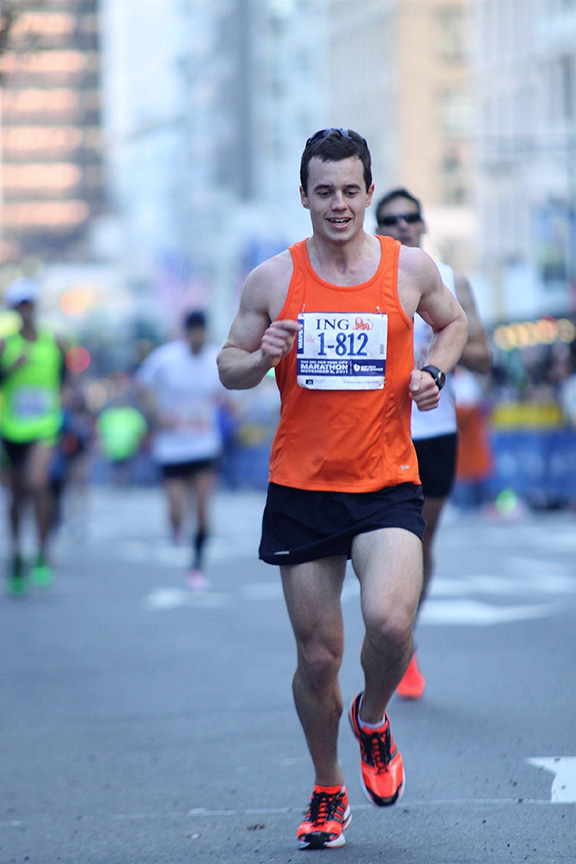

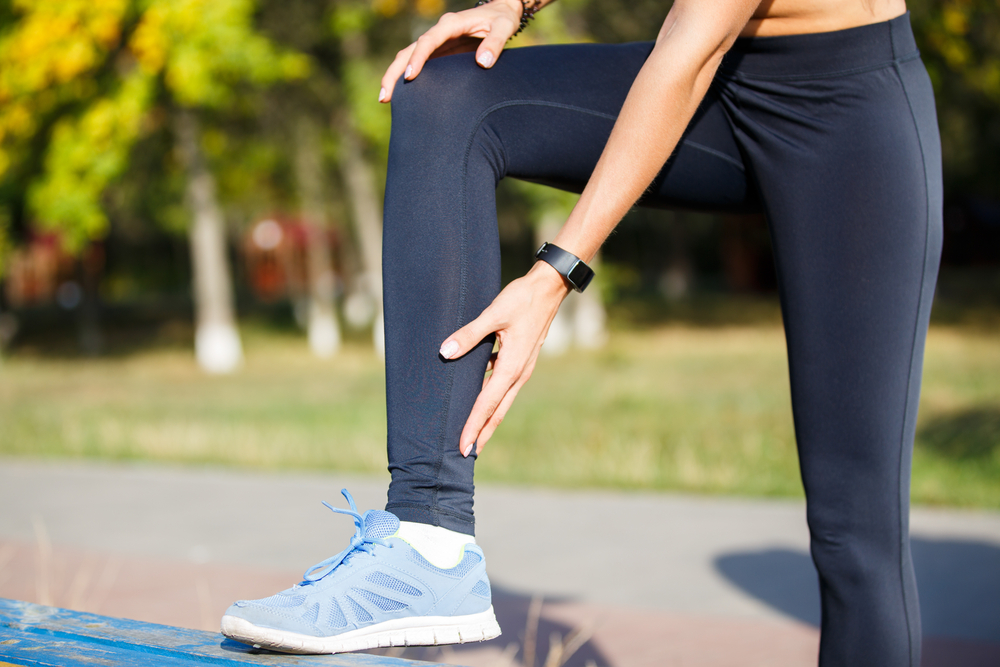
What are the most common running injuries?
• Runner’s knee (patellofemoral pain syndrome): Pain behind the kneecap caused by uneven distribution of force on the joint surface. This is usually associated with biomechanical factors within your running technique, caused by weakness in your quadriceps, gluteals or foot/calf muscles.
• Achilles tendinopathy (tendonitis): Pain and thickening of the tendon at the back of the heel. This can be caused by poor running technique, increasing running distance or intensity too soon or wearing the wrong shoes.
• Iliotibial band syndrome: Pain on the outside of the knee, caused by irritation of a small fat pad that sits between the iliotibial band (ITB) and the femur (thigh bone). Usually associated with poor strength around the gluteal and hip muscles that place excessive strain on the ITB.
• Plantar fasciitis: Pain in the sole of the foot, usually at the heel, caused by irritation of the fascia (connective tissue) where it attaches onto the calcaneus bone (the bone under your heel). Usually associated with poor running technique, wearing incorrect footwear or increasing distance or pace too soon.
• Stress fractures: A weakening of one or more bones in the leg that causes pain and swelling. Can be associated with increasing distance or pace too soon, inadequate footwear, running technique errors or poor nutrition.
How are running injuries treated?
Each running injury is unique, and each runner has different reasons why they sustained the injury. In general, there are several key aspects that need to be addressed when assessing and treating an injury. These include:
• Biomechanics: Assessing the runner’s technique is important to understand if there are any factors that are placing excessive stress on the injured body part. Common examples of this are over-striding, dropping the pelvis to one side, crossing one leg in front of the other and overpronating through the feet. To address these, there are certain technique “cues” to use while running, together with frequent video analysis to assess if it is improving. Visit our running assessments page to find out more.
• Weakness in important muscle groups: Often associated with poor biomechanics, weakness of certain muscles can lead to excessive strain on the injured tissue. Key muscle groups for runners include the gluteals, the quadriceps and the calf muscles. Often if these muscles have been weak for a long time, even after you strengthen them you must specifically address your running technique too, as the body would have adopted incorrect biomechanics.
• Programming error: Increasing your distance or intensity too soon can lead to running injuries, as the body does not have enough time to develop and adapt to the increase in stress. Careful planning of your training is important to allow your body to recover from an injury while still maintaining running speed and fitness.
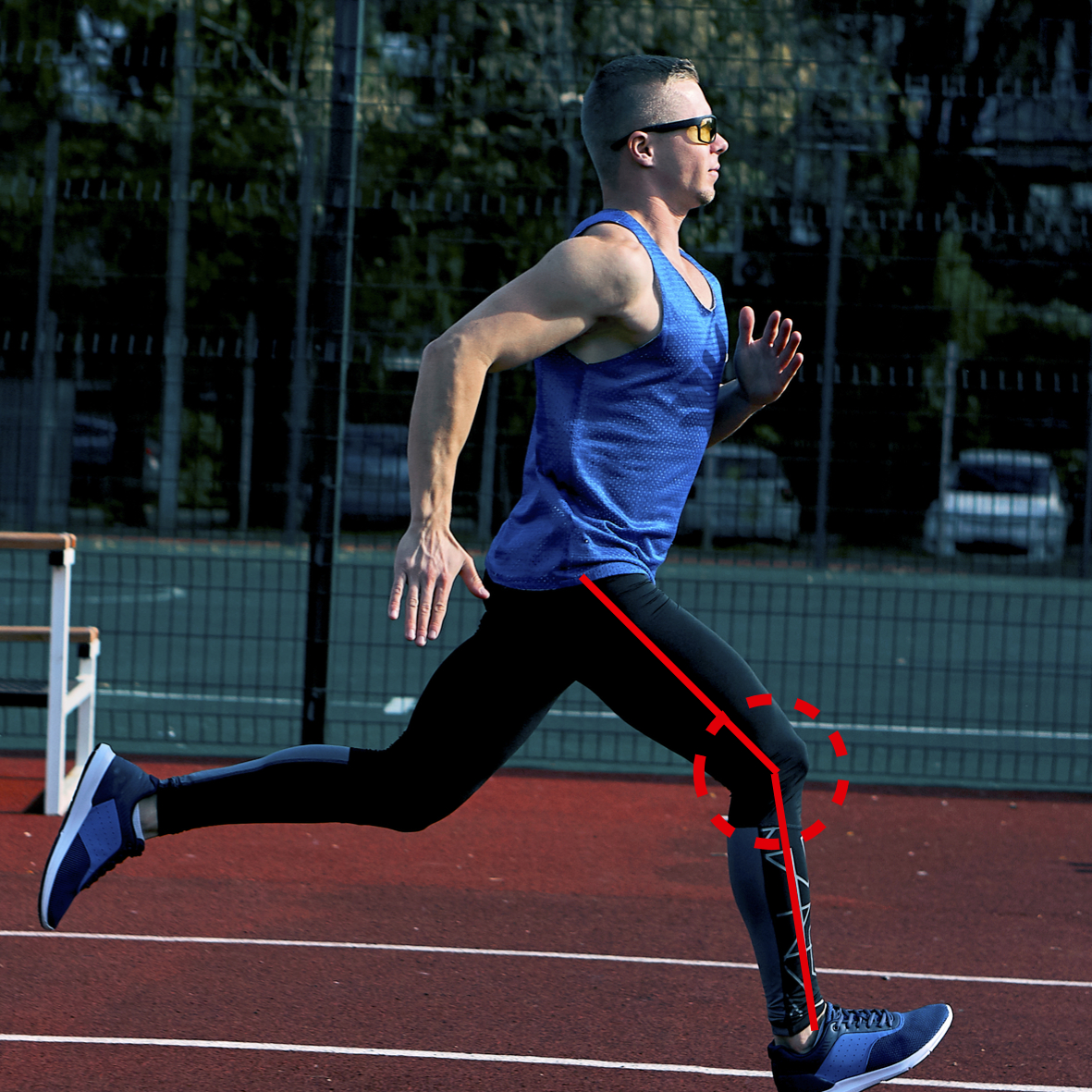
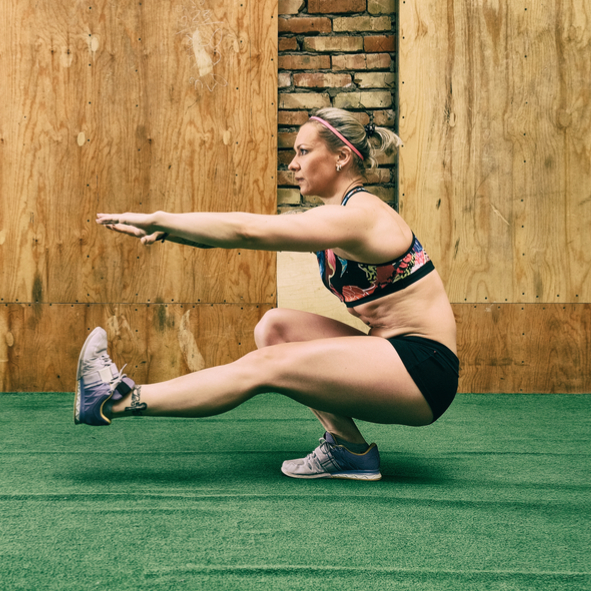
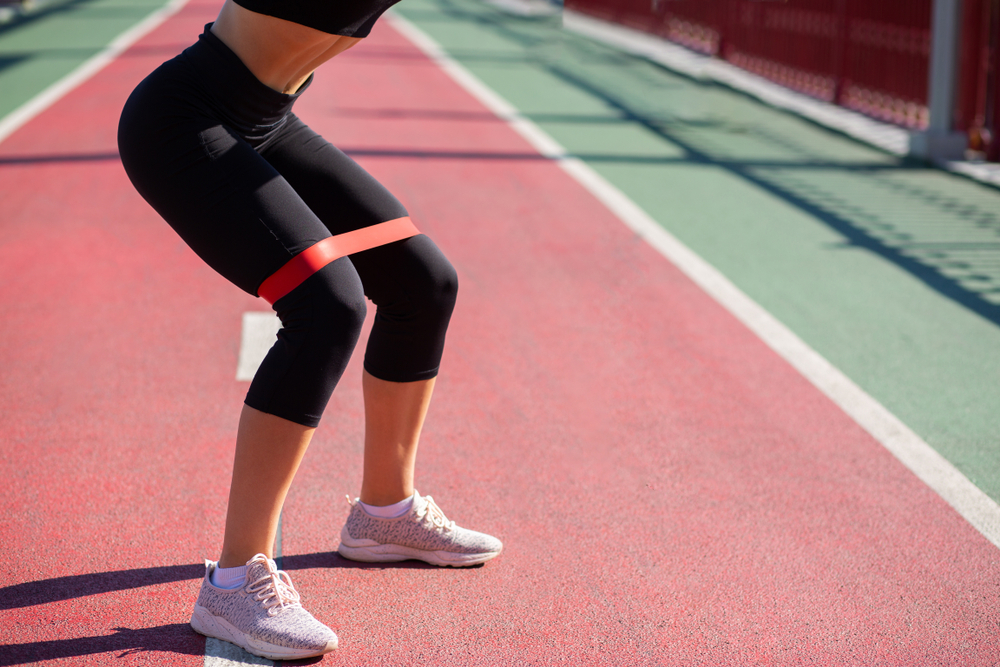
How can you prevent running injuries?
Prevention is always better than a cure, and most running injuries are preventable. Addressing the factors below can significantly reduce your risk of running injuries:
• Strength and conditioning: Including resistance training twice per week has been shown in many studies to have a large effect on reducing risk of injury. Resistance training should include all the major muscle groups that are important to running, such as the calves, shins, quadriceps, hamstrings, gluteals and trunk muscles.
• Address incorrect biomechanics: Have your running technique assessed by an expert and address any faults that may be placing excessive strain on certain body parts. This works best when addressed together with a strength and conditioning program to ensure that your muscles have the strength and endurance to sustain the improved technique.
• Nutritional and lifestyle factors: Some injuries can be associated with poor nutrition, such as not eating enough to recover adequately from training or not eating enough of the key nutrients such as iron and calcium. Talk to a registered dietitian to assess your diet more carefully and discuss your individual needs.
• Good quality footwear: Every runner has individual needs when it comes to shoes, as no two runners will have the same biomechanics or the same shaped feet. It is important to wear a shoe that is comfortable, allows your foot to move in the correct way and is appropriate for the type of surface you do most of your running. When you buy, try on multiple pairs of running shoes to get an idea of what feels comfortable and natural for your feet. Also remember to replace your shoes when they are showing signs of wear.
If you are ready to make an appointment, visit our make a booking page and get started today.
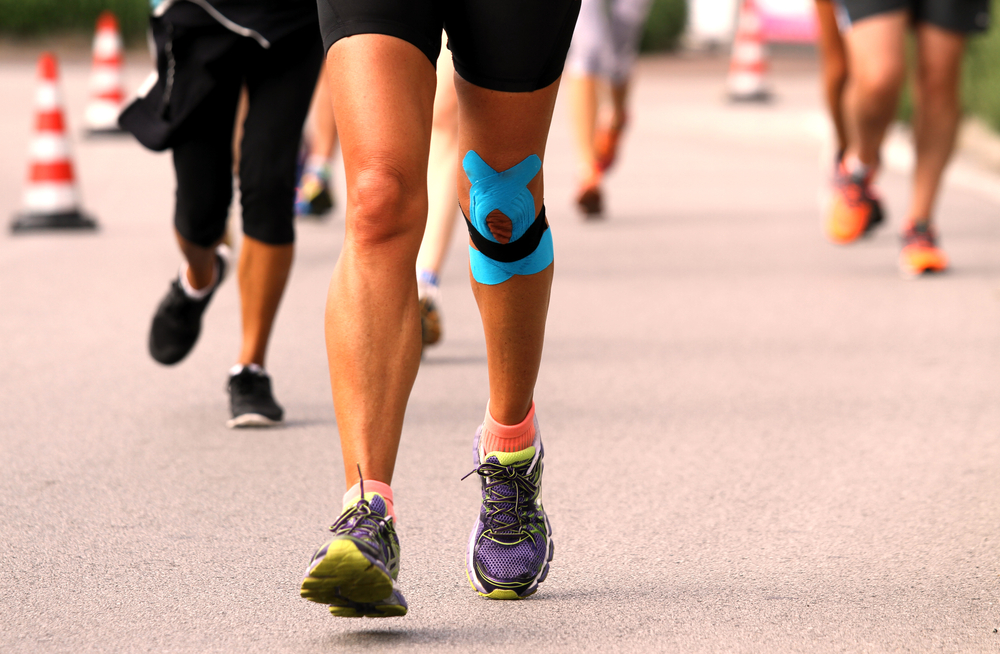
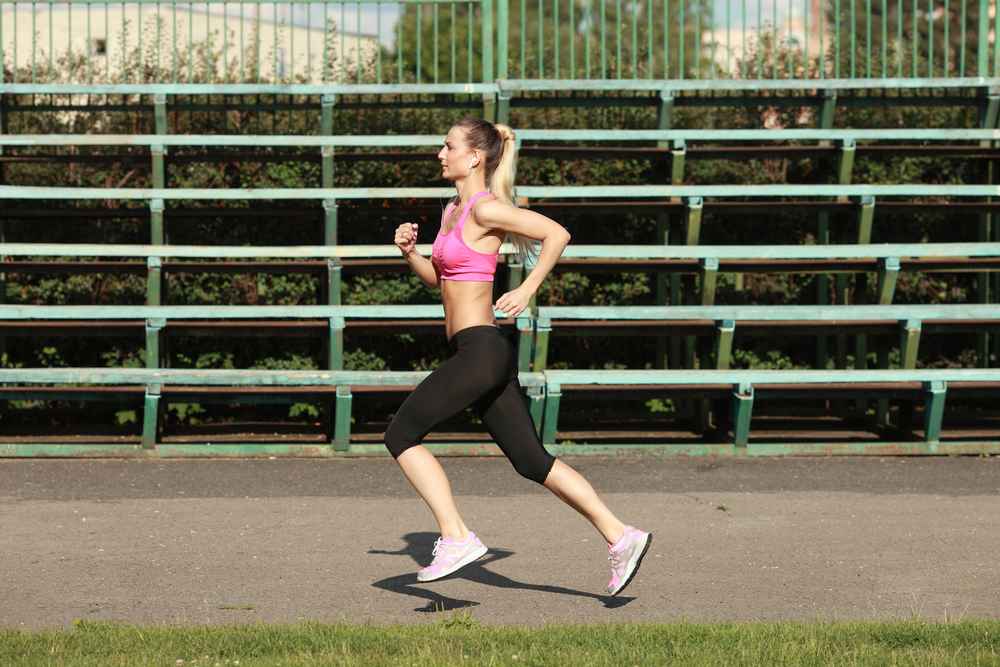
Get Active!
For more, visit our Frequently Asked Questions page.
If you would like to ask a question about our services or anything else, visit our Contact Us page to get in touch.
If you are ready to make an appointment, visit our make a booking page and let us help you with your fitness or recovery.

